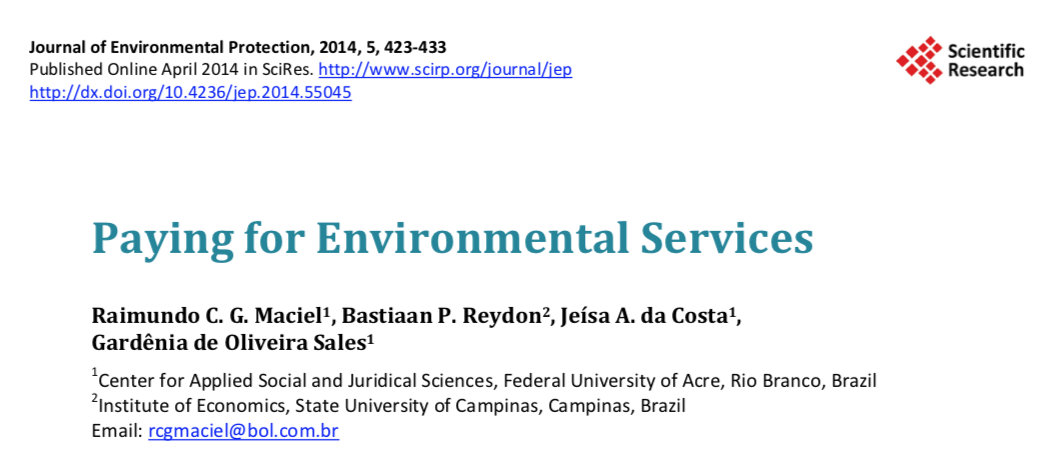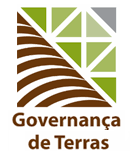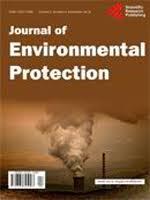Resource information
The Amazonian economic occupation over the last forty years has been extremely harmful to the environment and to the traditional populations. One of the strategies to overcome this difficulty, dealing with sustainable development, is the development of productive units—starting with non-timber forest products (NTFP)—and the Payment for Environmental Services (PES) for the residents and/or owners of forest areas. The main problem which the literature demonstrates is that the estimated values paid for the PES are rather high because they use the opportunity cost as a reference, not considering the family reproduction social cost. The main aim of this study is to provide an alternative forecast of the value to be paid for the environmental services (PES) for the Amazon forest, based on the real costs of the forest communities maintenance, as based on the real economic needs of rural family production in the “Chico Mendes” Extractive Reserve (RESEX), in Xapuri (Acre state), Brazil. It was used a specific methodology, developed regionally, which measured and provided indicators to evaluate and to analyze the economic evolution of those families over the last decade. Based on the needs of family reproduction, the calculations require that the minimum value for PES should be US$13 per hectare, a far lower and more appropriate value than the literature’s average proposition that is around US$50 per hectare. The present paper estimates that the costs of the PES in the Chico Mendes RESEX would be approximately US$5,767,000 per year—taking into account the average area per family.



